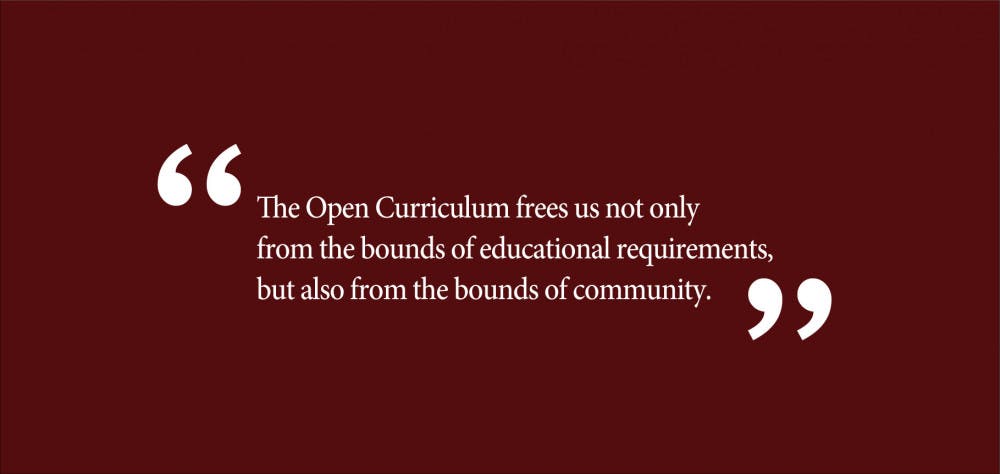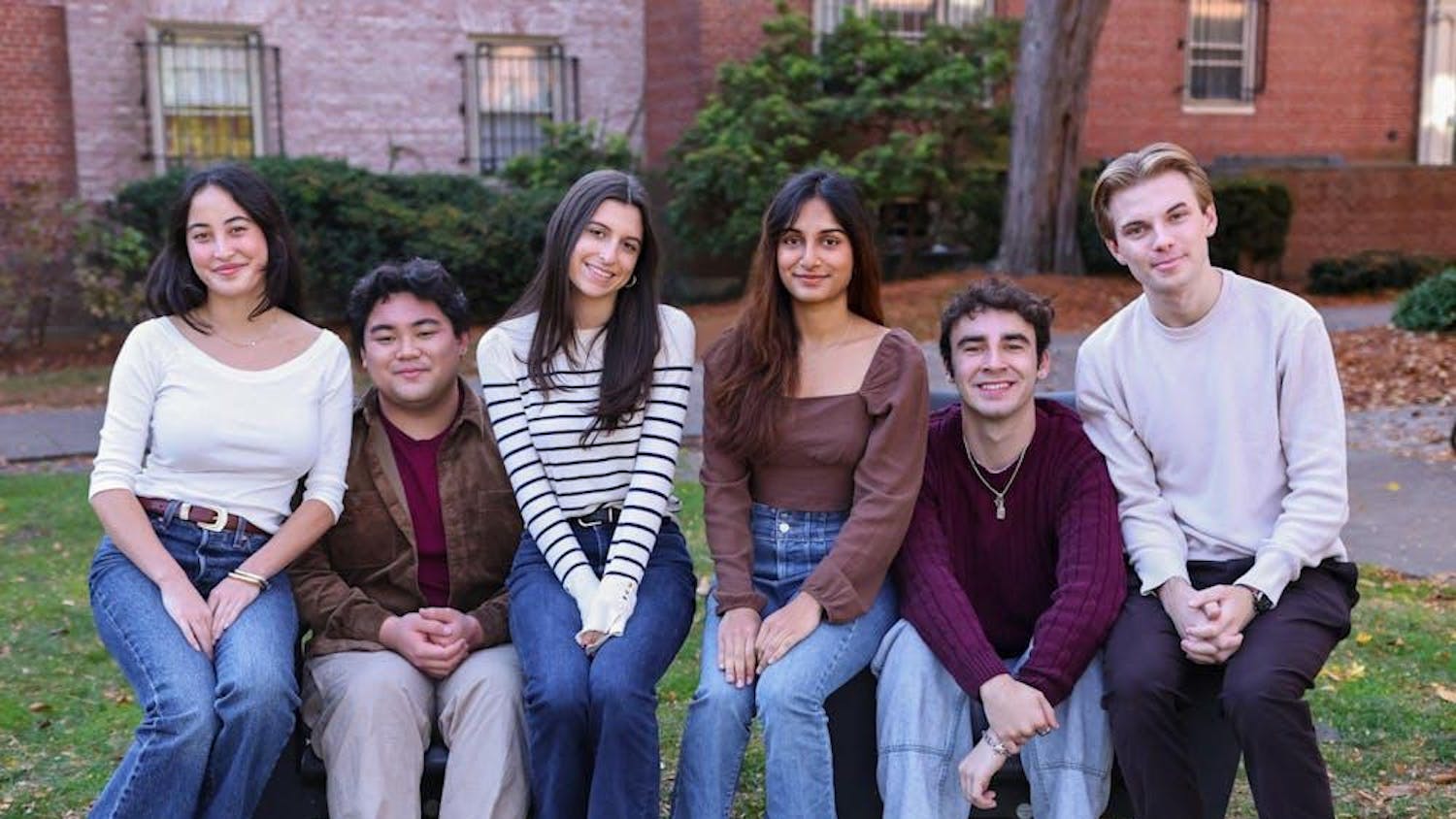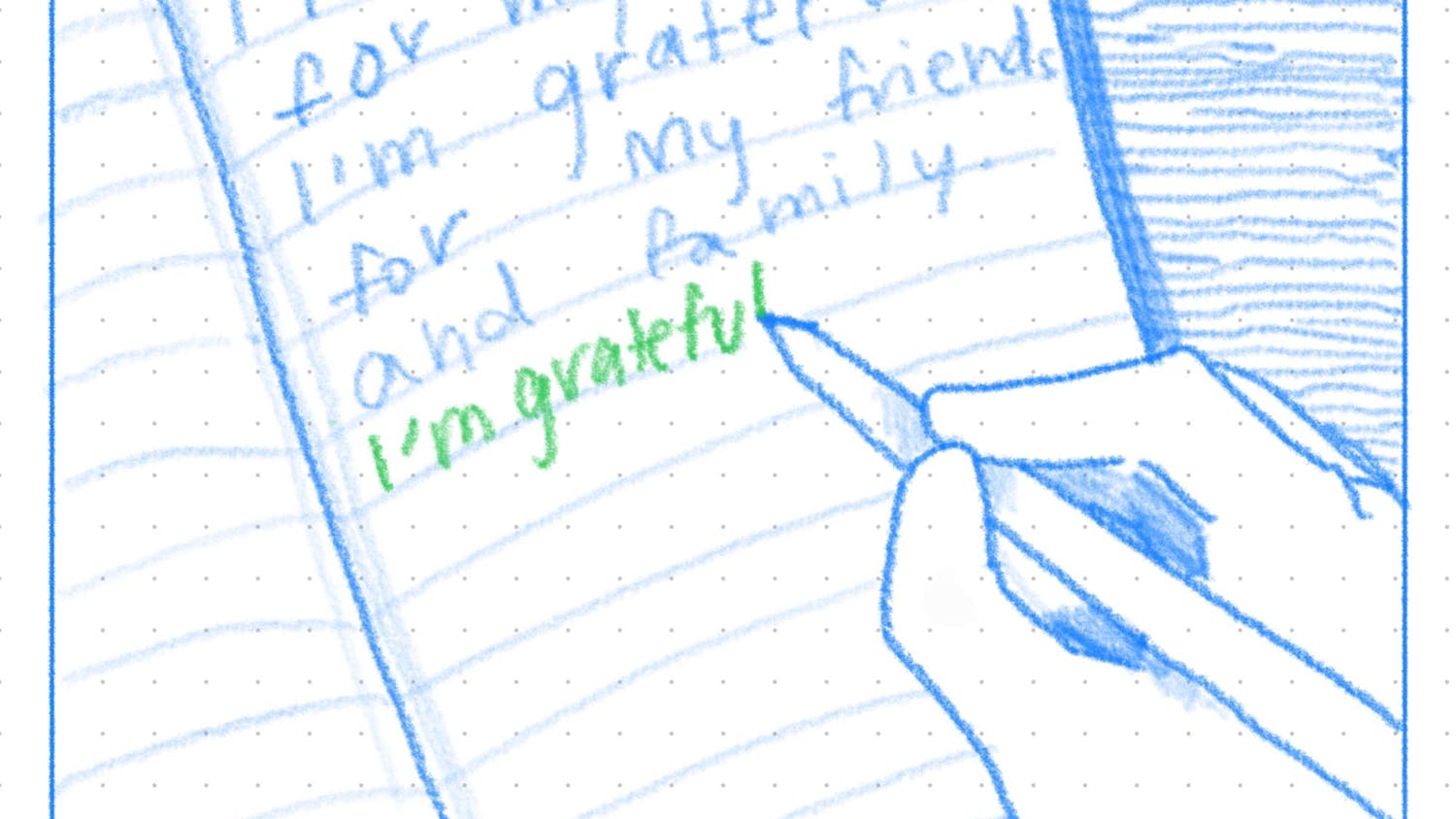Brown University’s celebrated Open Curriculum turned 50 this year. As any promotional pamphlet at the front desk of Stephen Roberts ’62 Campus Center will tell you, the Open Curriculum “is responsible for a vibrant intellectual environment in which students are fully engaged.” It was surely one of the most compelling draws for me when applying to universities: I did not realize how restrictive my public high school curriculum had been until I was presented the prospect of free choice among hundreds, if not thousands, of specialized university courses. In my first year at Brown, I felt like a kid in a candy shop. I was so overwhelmed by the selection of courses that I took five each semester and was nearly burnt out by the end of the year. Now, three years later, I’ve begun to question whether this trademark of a Brown education is, in fact, a failed experiment.
The Open Curriculum began in large part as an attempt to provide academic freedom and individuality so that students might sample a variety of courses unencumbered by general education requirements. What is the goal of providing such freedom? One answer might be that it is important for students to take greater ownership over the course of their education. Another could be that the Open Curriculum promotes more interdisciplinary study and thus allows us to ask questions we otherwise wouldn’t — a common theme among University promotional material, and one I often heard when applying to Brown. Clearly, an open system encourages more academic and intellectual experimentation than one that is closed, right? But after four years at the University, I have not found this to be true.
To be sure, many students take a wide variety of courses — from political science to Romantic literature, from computer science to Africana Studies — and I believe the University when it claims that most students sample many different classes before settling on a concentration. That was certainly my strategy, and I benefited from it. Professors and departments also try hard to get students to question the conventional wisdom in their fields. But none of these outcomes measure up to those that a well-constructed core curriculum could achieve.
A proper core curriculum allows students to develop an analytical toolset with which they can deconstruct a small set of important questions. Foundational courses in literature, philosophy and economics might all find different ways of explaining how human society ought to be organized. These conclusions, though they might as well be given in different languages, communicate with and subvert each other: the most trenchant critiques of one field often come from an entirely different one. For instance, a decolonial writer might offer narratives far outside the realm of what mainstream economics can discuss. A well-constructed core curriculum can bring these perspectives together in a way that better illuminates the pitfalls and successes of multiple fields. Undergraduate students are rarely equipped to seek out such complementary perspectives by themselves; overburdened advisors lack the time to craft a wide-ranging and interdisciplinary course schedule for each advisee.
And it was not until I left Brown to study abroad that I realized one of the more pernicious side-effects of the Open Curriculum. It frees us not only from the bounds of educational requirements, but also from the bounds of community. When I went to Oxford University, I found a place that, albeit riddled with class politics and deep institutionalized inequality, was nonetheless bound together by a set of common experiences. Among these was a unique education system which placed students within extremely standardized and inflexible curricula. I saw firsthand that the unifying set of common experiences helped to bridge a number of divides among Oxford students that might otherwise be overwhelming. There were many problems with this arrangement, and it was not a panacea — but the extreme lack of flexibility made it an almost perfect foil to Brown’s system.
Besides the rush of shopping week, Brown students have very few unifying academic traditions. One of my good friends at Brown has taken almost exclusively journalism and writing courses — I would not have met her, much less had any shared experiences to talk about, if we had not lived in the same building freshman year. Conversely, even as a student abroad, I found that I could always strike up conversations with new people easily. We always had an array of common experiences to draw on — whether derived from the educational structure itself or from course material read by all. At Brown, we lack such a basis for student solidarity, which exacerbates the divisive effects of income inequality and elitism that exist on campus. For these reasons, it is worth asking whether our 50 year experiment has really been as successful as we tout it to be.
Galen Hall ’20 can be reached at galen_hall@brown.edu. Please send responses to this opinion to letters@browndailyherald.com and op-eds to opinions@browndailyherald.com.





